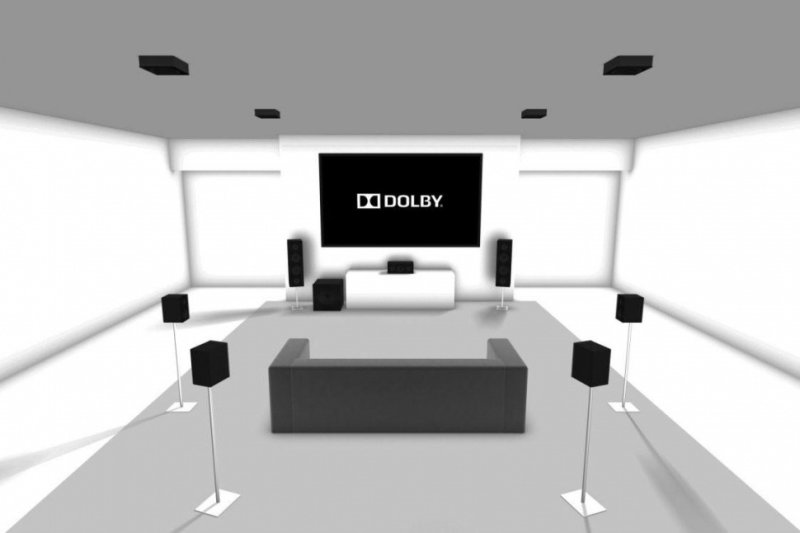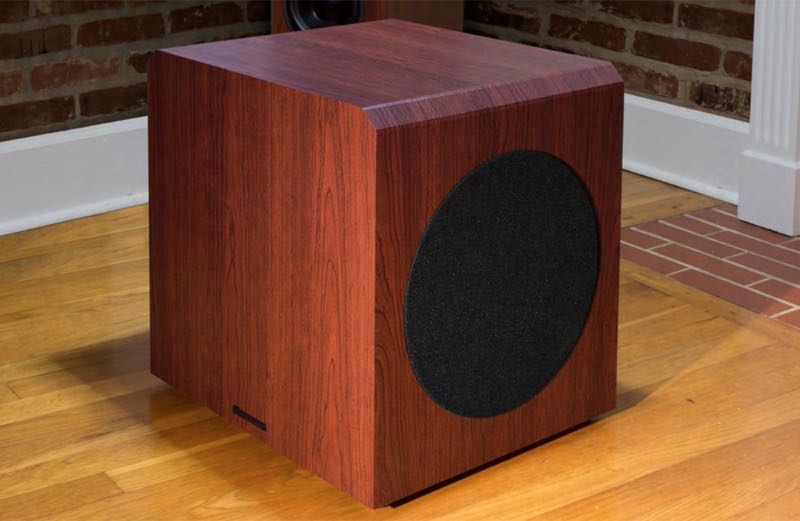QotD: Do I Crossover Tower Speakers
Answer: Yes. We suggest you crossover tower speakers (or any speakers really) at 80Hz (most of the time).
Explanation: 80Hz Crossover for Tower Speakers
We can hear you. “But, these are FULL RANGE speakers! Shouldn’t I let them play FULL RANGE?”
First of all, no they aren’t. Of all the people that have claimed to have “full range” speakers, exceedingly few of them actually have. Sure, there are massive (and we really do mean MASSIVE) speakers that can play cleanly from 20Hz to 20kHz. There are speakers like the Def Tech tower options with powered subwoofers that can dip very low. But those are the exceptions. Most “full range” speakers are lucky to dip lower than 40Hz. While the manufacturers will claim them to be full-range, they really don’t have any meaningful output below 40Hz. And that is actually preferable. Because you don’t want the lowest bass coming from your main speakers.
The Best Place For Bass

There was a time we really didn’t understand how bass worked in small rooms. It was a dark time in AV. We all assumed that the lowest frequencies should be located near the source of the rest of the sound. You’d see many suggesting locating your subs directly next to (or under if you could) your front speakers. You still see that advice given out now.
It’s wrong.
Enter Dr. Floyd Toole. Over at Harman they published his paper “Loudspeakers and Rooms for Multichannel Audio Reproduction,” colloquially known as “the Harman White Paper.” Part three (PDF here) deals with subwoofer placement. The gist is that, because of how long low bass waves are, and how they interact with small rooms, subwoofer placement can be predicted mathematically in rectangular rooms.
Through modeling, they discovered that the best place for even bass throughout a room is to have an even number of subs (two is what we normally suggest) and that they be placed mirrored in the room. The “best” place for even bass is the midpoints of opposing walls (front/back or side walls). Next is opposite corners (front right/rear left or vise versa). The third is mirrored locations. In this case, if you placed one sub on the front wall, three feet from the left wall, you should place the second on the back wall, three feet from the right wall.
But Dr. Toole didn’t stop with predictive models. He took subs into real rooms and tested out his predictions. They worked. The caveat here is that rooms must be sealed (have a door) that provides a reflective surface to the sound, and must be roughly rectangular. The models break down when the room is an odd shape or has openings.
What Does This Have To Do With Tower Speaker Crossovers?

Where are your tower speakers in your room? Are they placed in the midpoints of opposing walls or corners? Of course not. They are both at the front of your room so that they can create a convincing front soundstage. The fact is that your speakers are in a great place for creating stereo sound, but a lousy place for bass.
We crossover tower speakers because we want the bass to come from the best place for bass. That is why you bought subs, and that’s why you placed them where they are. This doesn’t mean that your tower speakers are “wasting” their bass capabilities. First of all, you bought tower speakers because you thought they looked cool. Admit it. Most of you didn’t “need” tower speakers for their output. You wanted them.
The fact is that a crossover isn’t a brick wall. Your speakers don’t stop playing at 80Hz and the subwoofer takes over. A crossover is just that – the place where BOTH your subs and your speakers are playing at the same time. From that point, the subs start to take over, but the speakers will still play much lower, just at progressively lower volumes.
If you did buy towers because of their output, you still have access to it. Your tower speaker is still capable of playing louder than their bookshelf brethren. They are playing TONS of bass as well. Most instruments don’t dip below 80Hz, and those that do have more notes above that point than below. All you are doing by applying a crossover to your tower speakers is taking the lowest of the low notes and putting them into the speakers that can reproduce them the best.
Why Crossover Tower Speakers at 80Hz “Most of the Time?”
While 80Hz will work for most speakers/rooms, there are always exceptions. If you are finding that your speakers don’t play cleanly down to 80Hz, you may want to set the crossover higher. When you crossover tower speakers, you should always test with your ears. If you play a sweep through your system and notice dropouts, changing a crossover may help. The only hard and fast rule of home theater is that there are few hard and fast rules. Except that running your speakers full range when you have subs is a bad idea. That’s a rule you shouldn’t break.


